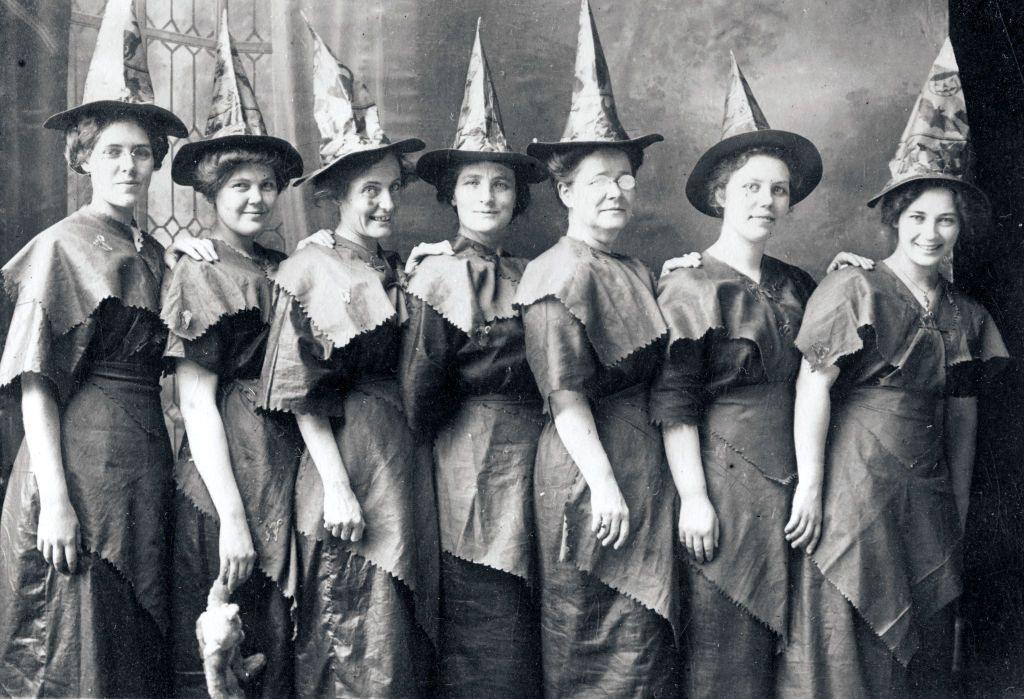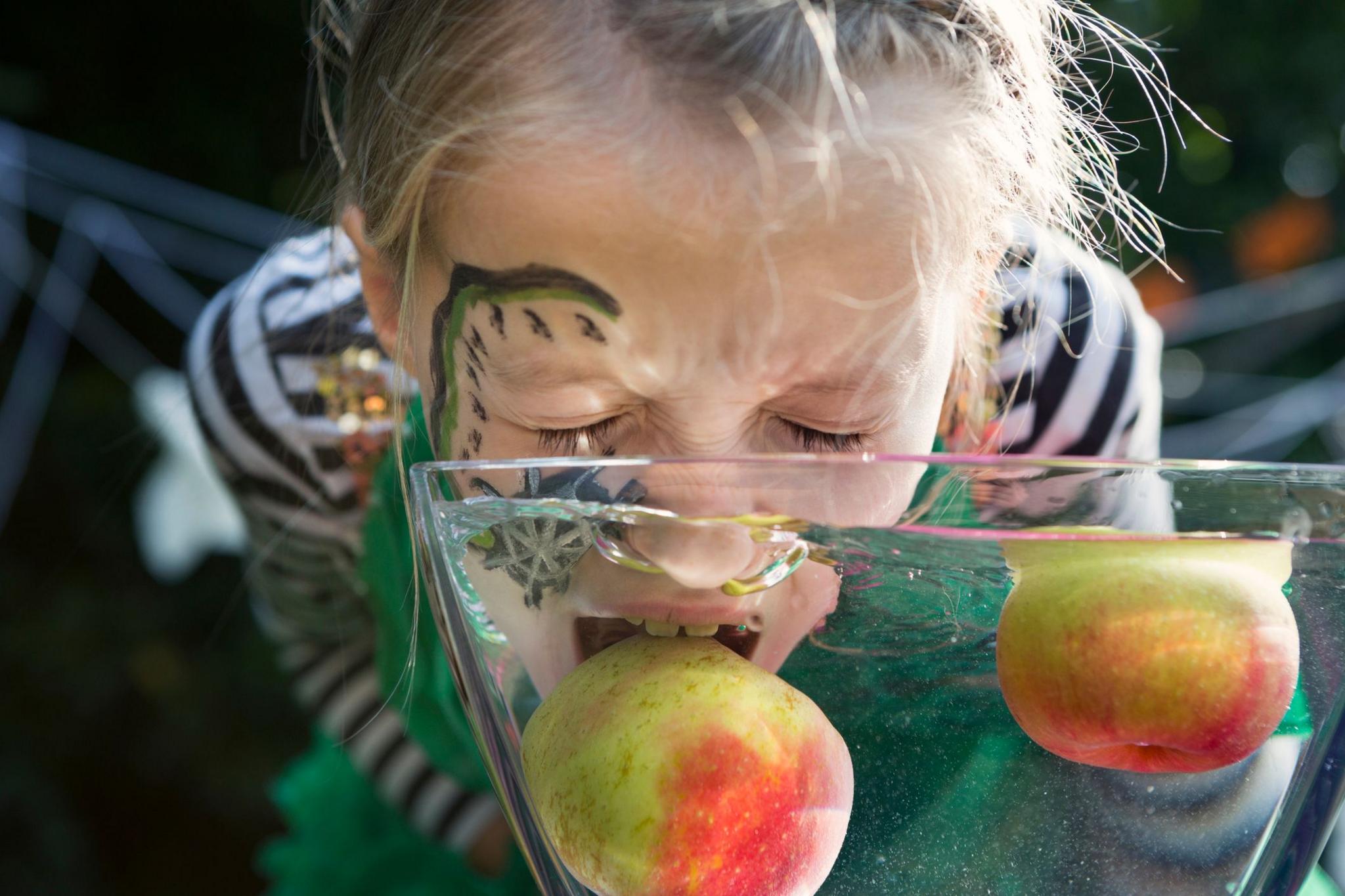Where do Halloween traditions come from?
Where do Halloween traditions come from? Emma-Louise finds out.
- Published
Halloween is celebrated every year on 31 October all around the world.
In countries like the United States, it is a really popular holiday, with lots of treats, pumpkins, spooky costumes.
Over the years, Halloween has become a more popular event in the UK. But do you know why we celebrate Halloween? And where Halloween traditions come from?
Here's everything you need to know about this spook-tacular holiday!
Are you a Halloweener or a Hallowinner?
Top tips to win at trick or treating
- Published3 October 2023
Pumpkin carving: What is a Jack-O'-Lantern and why do we make them?
- Published29 October 2024
More ideas for what to do with your leftover pumpkin
- Published3 October 2023
How did Halloween start?

We wanted to get to the "bones" of this story
The origin of Halloween can be traced back to the ancient pagan festival of Samhain, 2,000 years ago.
The Celts believed Samhain was a day in the year when the gap between our world and the spirit world was blurred, making it easier for the spirits of the dead to return.
The day was typically celebrated on or near what is 1 November in modern calendars.
Traditionally, 1 November was seen as the start of winter and an important change in the year.
To celebrate, Celts would build huge bonfires, wear costumes and tell stories.

Which witch is which?
The popularity of this celebration spread across Europe over time.
In the 7th century, Pope Boniface IV moved All Saints' Day from spring to 1 November.
And so the pagan festival moved to 31 October, and became known as the Hallowed Evening - the evening before a holy day.
This eventually was shortened to Hallowe'en or just Halloween.
Where do Halloween traditions come from?

Hello there!
There are a number of iconic Halloween traditions that you might know.
We now know that wearing costumes and making bonfires was a common part of Samhain.
But what about carving pumpkins and trick-or-treating?
Carving pumpkins
Making Jack-O'-Lanterns was a popular past time in Ireland hundreds of years ago.
Spooky faces were carved into root vegetable lanterns, used to scare away a spirit known as Stingy Jack.
When millions of Irish people emigrated to the United States, they brought this carving tradition with them.
They soon found that carving a pumpkin - a common vegetable in the US - was much easier than root vegetables like turnips.

Trick-or-treat is not as American as your parents might tell you
Trick-or-treating
Believe it or not, this tradition finds its roots hundreds of years ago in medieval England.
People would go door to door offering a prayer or a song in exchange for food.
This was known back then as souling, and it took place on All Saint's Day when christians would traditionally pray for their loved ones.
In the Victorian era, the food often given was a type of pastry called a soul cake.
Only in modern times has that tradition evolved into sweets and chocolate.

Apple bobbing is also known as dooking in Scotland
Apple bobbing
While apple bobbing isn't as popular a tradition in the UK, it also finds its origins in Europe rather than the US.
The game involves floating apples in a bucket of water. Players have to pick up the apples by biting into them and lifting them from the water, no hands allowed!
Some historians believe this party game was invented by the Romans and it spread across Europe as the Roman Empire grew.
In Scotland, the game is often called dooking instead of bobbing.
